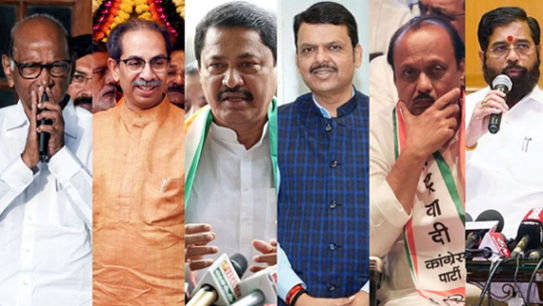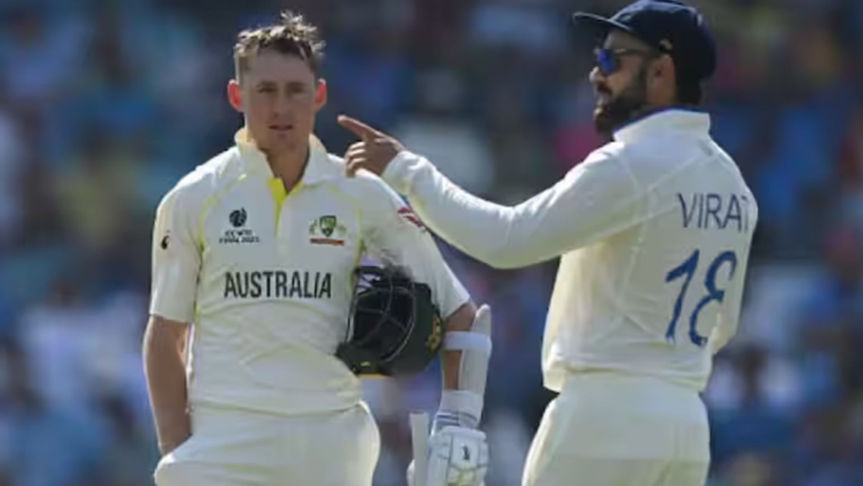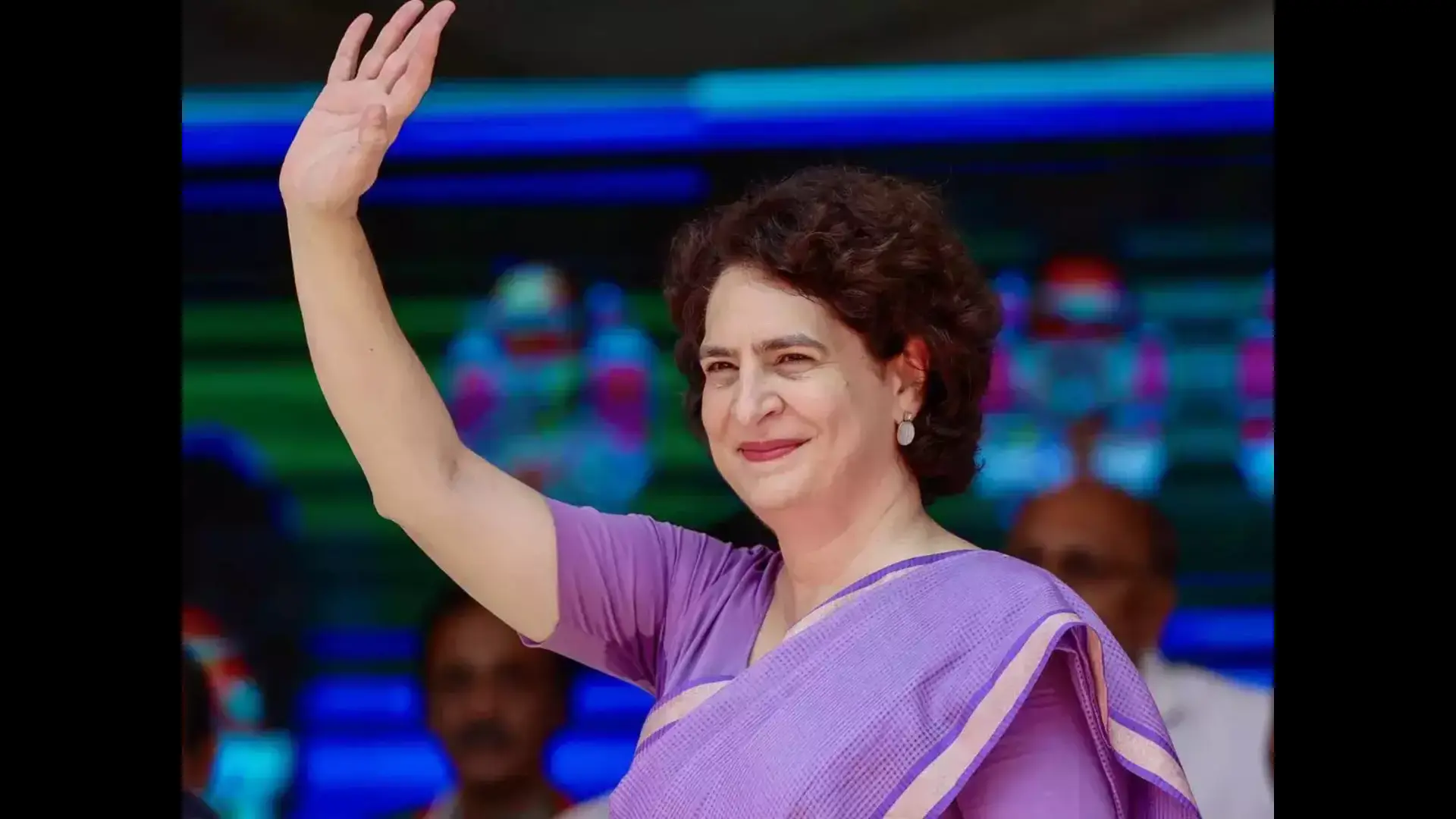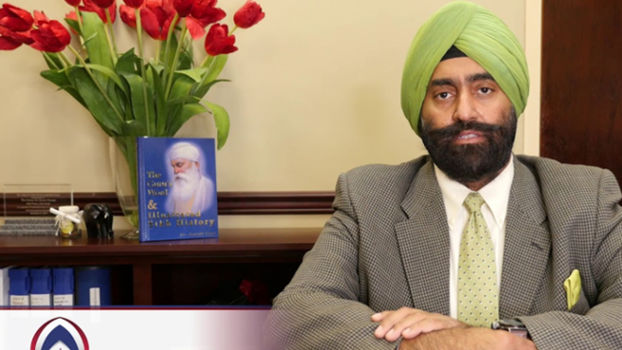
How important is the Prime Minister Narendra Modi’s, major, stepped-up education initiatives? These include those being coherent and practical for Indians, out of a vision to make India a world leader in education.
According to the World Bank, “Education is a human right, a powerful driver of development, and one of the strongest instruments for reducing poverty and improving health, gender equality, peace, and stability…” Thus, it is no wonder the national government, spurred on by the PM has put and moved forward the National Education Programme. In summary, according to the Ministry of Education, this 2020, initiated grand strategy, “…envisions a massive transformation in education through – ‘an education system rooted in Indian ethos that contributes directly to transforming India, that is Bharat, sustainably into an equitable and vibrant knowledge society, by providing high quality education to all, thereby making India a global knowledge superpower.’” We are not talking about tinkering adjustments but high, though realistic ambitions that are so characteristic of the way the current Modi leadership sets inspiring goals that are wide-population focused and friendly.
This is all done in the context of the further need to see to it that India, a champion in economic and technological leadership goes to the very pinnacle of success in maintaining such phenomenal progress by both national and international standards. And to widen the inclusiveness of all social layers of society through wide-scale, quality education.This is undoubtedly a key contributor to national development. But sadly, previous governments, be they in dynastic or other forms have not given it the attention it fully deserves.
And Prime Minister Modi, someone who has come up from the grassroots is thoroughly determined to take the heavyweight of the education legacy gap, left by some of his predecessors and take Herculean efforts to make the name India more synonymous with the likes of South Korea, if not Singapore, one day. It is a leviathan task in some parts of a subcontinent-size country with 1.4 billion, plus people. Though, it could be a matter of a couple of decades or less to see the foundation being laid down now by the current government to put India at the education pinnacle, overall, years ahead.
Importantly, it is a system that is being true to the distinct special values of Indians that may never be appreciated enough simply by scores such as relates to foreign controlled standards as represented in SAT and PISA related testing.
In the new Modi, forward vision, India does not simply want to replicate the Harvards of top ranked US universities or British ones, like the University of Cambridge. It wants to be better in a sense by enshrining those values more functional and representing real Indian needs. That does not mean there cannot be some crossover between Indian and foreign universities in two-way exchanges, for example.
But for those who think merely setting up subsidiaries of say the “elitist Etons” from England at the primary to high school levels or beyond of various foreign institutions is where the new “revolution” in education must be centred from, may be misinformed at the very least.Yes, there can be foreign institutions to some degree where needed, but not as a dominant solution for the vast.many as the main consideration to meeting most Indian student needs. The NEP takes this into consideration, consistent to Prime Minister Modi”s “Made in India”, yet inclusiveness concepts.
Specifically, at the primary and secondary levels, the NEP will benefit the improvement of nation-wide exam results that are meaningful to the many than the few through overall education upgrade. That may in part relate to international recognized scores like PISA ones, or more nationally appropriate and relevant ones. Not to forget as covered in the Hindustan Times, “India participated in a modern international assessment for the first time in 2009-10 when some students from Tamil Nadu and Himachal Pradesh appeared in the PISA.”
Unfortunately, also reported, during that time of the previous government, the results had India ranked next to the bottom of 74 countries tested.
And some “superior” scores to a degree have been “manipulated” in some countries, selecting out the best performing cities, regions and schools. And some nations may be putting great resources, India cannot afford, or wants to afford to selected schools getting thoroughly prepped for the exams?
Against all this, though is also especially the paramount need for continued improvement and building on getting children from poor families more access to schools, consistent to the huge reduction in general and multidimensional poverty rates achieved over the two terms of the Modi government.
The connection between poverty reduction and improved learning and school access is well established.
The other good news is India increasingly has more top ranked universities and institutes recognized by the world. According to the IndiaTimes.com reporting on a major ranking for 2024 regarding Asia, “India is now the most represented higher education system, with 148 featured universities, 37 more than last year. It is followed by Mainland China with 133 and Japan with 96…”
Peter Dash is an educator who has contributed academically on many pedagogical subjects and is a past Associate of Harvard University.
This is a fast speed to improvement, but as seen by the following rankings, also from England-based QS, there is a need to further catch up internationally without getting too overly preoccupied with what the West thinks is best:
IT Bombay – Rank 149. …
IIT Delhi – Rank 197. …
IISc – Rank 225. …
IIT Kharagpur – Rank 271. …
IIT Kanpur – Rank 278. …
IIT Madras – Rank 285. …
IIT Guwahati – Rank 364.
it is good at least that India is being recognized for its “super charged” institutes of technology throughout the nation which also include business management programmes. Many high-tech businesses and other sectors benefit from these universities. But, as well, other institutions in the.broader pure sciences, social sciences and arts will further enjoy significant movement forward from NEP.
Additionally, it is not to forget the potential and current role of the Indian private sector, even including the vast and important numbers of mum and pop shops where owners train cohort employees some of whom are sons and daughters. When this is supplemented where needed, including with access digitally to appropriate courses, apprenticeship based or not, the whole nation benefits. Interestingly in Canada, the huge “telephone” company BCE has their own campus to ensure added specific value to their employees.
There are amazing education opportunities being selected out and significantly augmented by the Prime Minister Narendra Modi-led government, never seen in such depth as before. Such education momentum, critical to India’s future must be maintained and built on. The way to do so will be best guaranteed through the ballot box, giving the Prime Minister and the BJP movement resounding approval.
.















